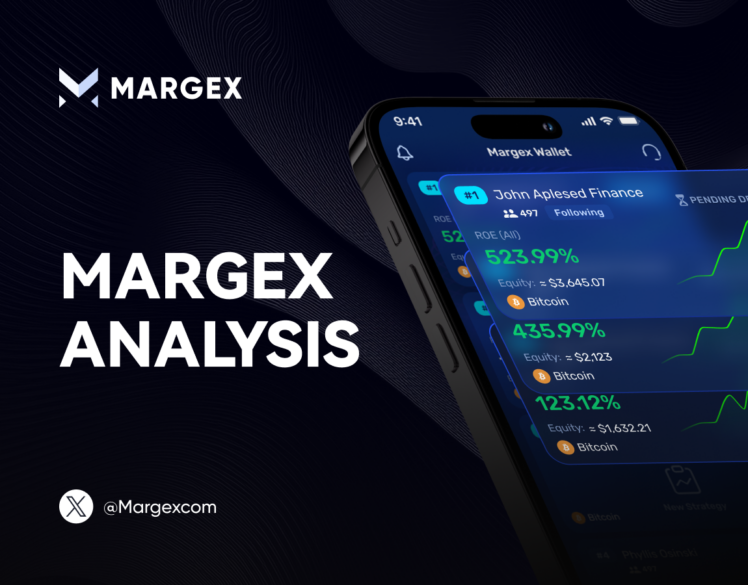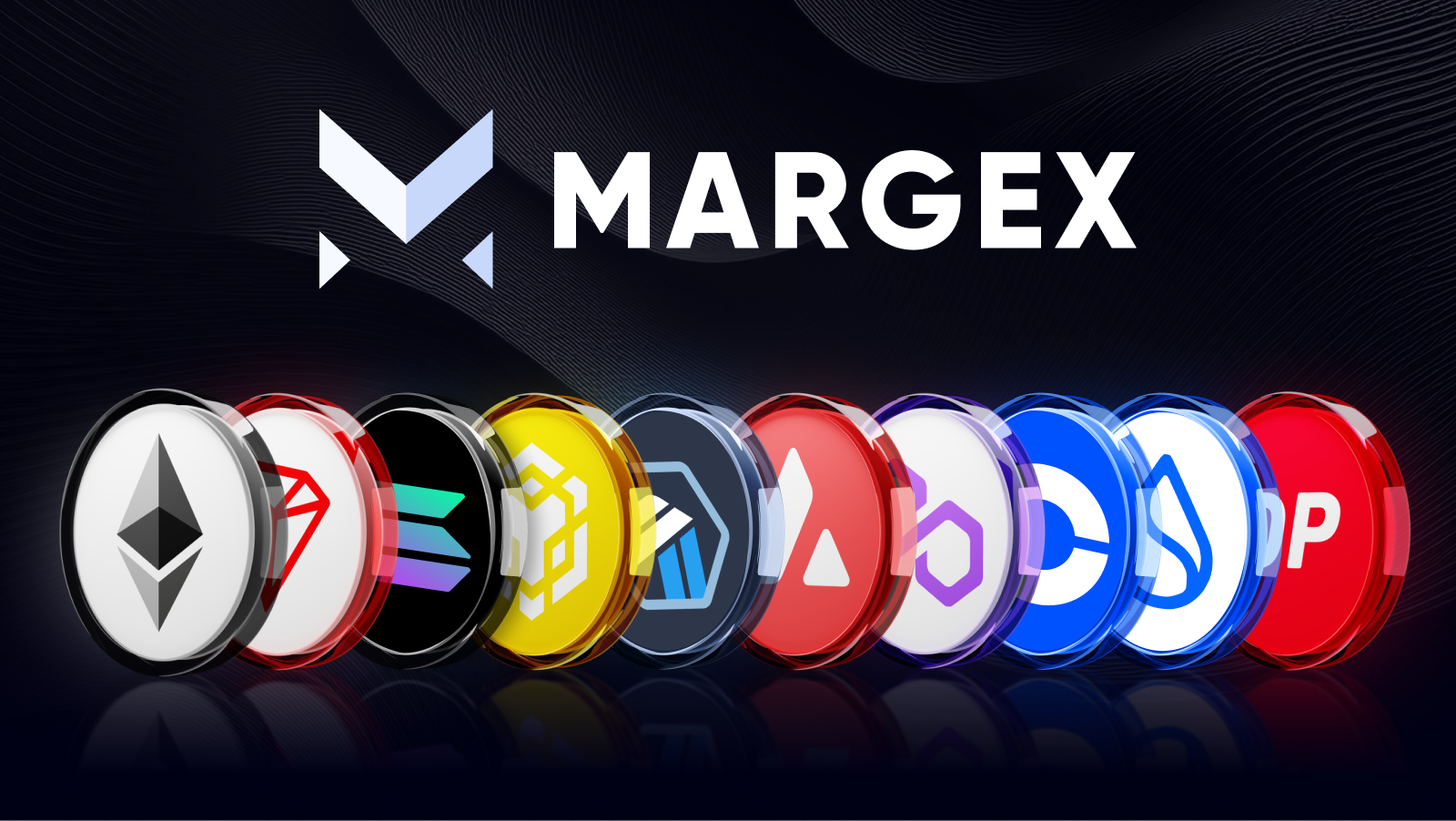
As 2025 is approaching, many crypto fans continue to wonder if the altcoin season indeed hits soon in accordance with multiple predictions uttered by analysts. An altcoin season is a period when alternative cryptocurrencies (known as altcoins) significantly outperform Bitcoin in price action and in terms of market dominance.
The start of an altcoin season usually depends on various factors, including historical trends, current conditions dominating the market, and the general macroeconomic environment.
Key driver that triggers altcoin seasons
Historically, the crypto market has seen altcoin seasons beginning after Bitcoin’s bull runs when investor capital begins flowing out of the pioneer cryptocurrency into smaller ones, those that have prospects of bigger growth in the long run.
A great example here would be 2017, when Bitcoin reached an all-time high of $20,000 before the “crypto winter” started which served as a large consolidation period for BTC. During that time, altcoins began to rally since investors began to seek high returns from small-cap cryptocurrencies. That was the time when such top coins as BNB emerged, along with Binance, and a few years before SOL and SHIB hit the market.
A similar model played out in 2021 after Bitcoin began to lose its dominance over the market upon reaching a new all-time high. That led to an extensive price surge of such top altcoins, as ADA, Ethereum, and Solana. While Bitcoin so far continues to enjoy momentum and keeps catching bullish waves, if it begins to consolidate in early 2025, this could bring together the necessary drivers for a start of another altcoin season.
Bitcoin dominance is an important metric that should be taken into account when predicting chances of an altcoin season beginning. A decline in this key metric often serves as a clear signal of an approaching rise of altcoins as investors begin to diversify their portfolios and begin to beat on the price growth potential of alternative cryptocurrencies. So far, Bitcoin dominance remains relatively stable, moving along the 50% range. A significant plunge here would signal a definite shift in investor interest from BTC to altcoins.

Other important altcoin season drivers
There are several other indicators showing that an altcoin season is approaching. One of them is Ethereum price performance. Being a leading altcoin, Ethereum frequently leads the broader altcoin market. Since the platform has fully migrated to Ethereum 2.0 and the proof-of-stake consensus protocol, this network has become much more energy-efficient and seen its scalability explode.
This substantial progress is likely to drive much bigger adoption than before and institutional investment as well. In May this year, this began to come true as the SEC approved spot Ethereum ETFs following the green light given to ones based on Bitcoin. Should Ethereum price go up significantly, the rest of altcoins are likely to follow suit. Besides, such factors as the stable growth of the decentralized finance (DeFi), non-fungible tokens (NFTs), and the success of layer-2 scaling solutions built on top of Ethereum, as well as the growth of such Ethereum rivals as Solana and Polygon could make a significant contribution to altcoin market surge.
Another important driver is the direction that crypto regulation will move in next year. Over the past years, the SEC and its current chair Gary Gensler who is stepping down in January, has been imposing aggressive scrutiny on the cryptocurrency industry, in particular hunting down initial coin offerings and initial exchange offerings, stablecoins, and tokens claiming the latter to be unregistered securities.
This increased regulation has created uncertainty, in the US in particular. If the regulatory clarity improves in early next year and becomes more favorable for the crypto space, altcoins will find themselves surrounded by a positive and supportive environment, especially those that offer strong utility and comply with all the regulatory requirements.
A significant role for a rise of altcoin season is also played by macroeconomic conditions and sentiment. One is closely related to the other. The crypto market, Bitcoin in particular, has become heavily correlated with conventional financial markets, therefore sentiment of crypto investors can be impacted by broad macroeconomic trends and geopolitical developments.
Specifically, one of such macroeconomic factors is the decision of the Fed Reserve to implement either a dovish or a hawkish policy. Recently, the Fed chair Powell announced that the dovish policy in 2025 would be substantially diminished, which made Bitcoin and other risk assets suffer substantial losses and bleed.
Overall, potentially, at the start of 2025 an altcoin season could realistically start. However, it is important to watch out for the aforesaid key factors and any changes in those spheres which can reduce such a probability.


